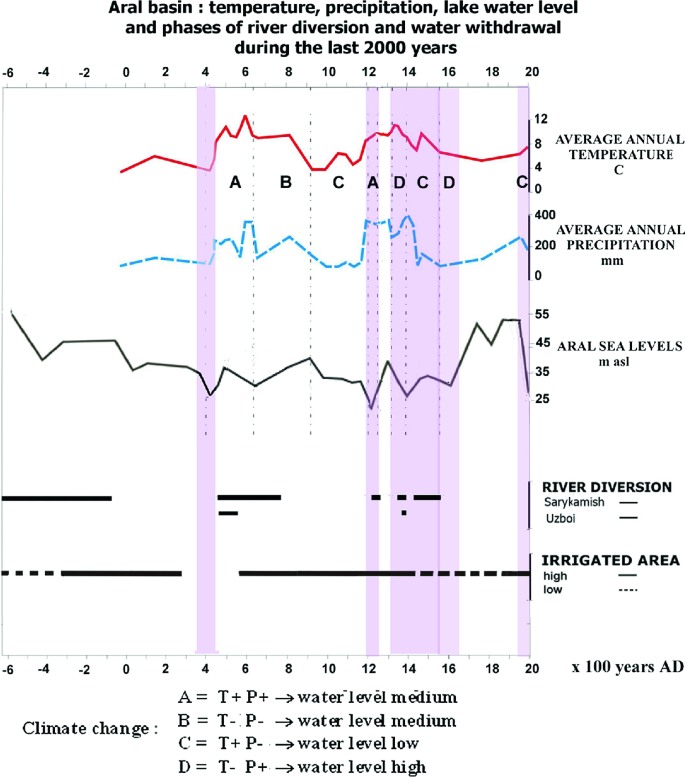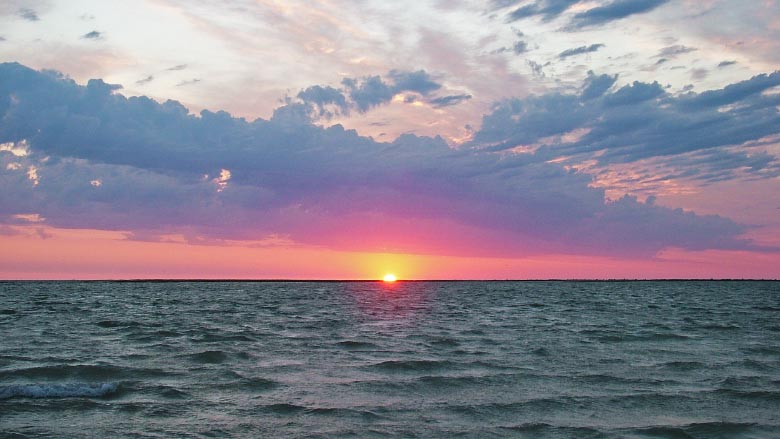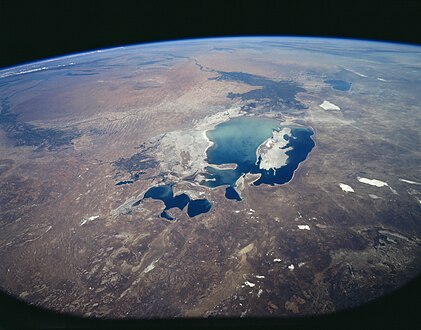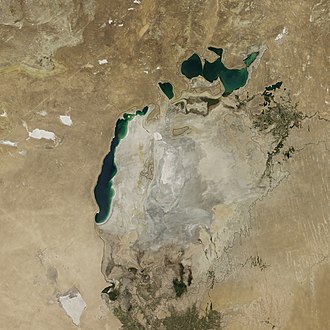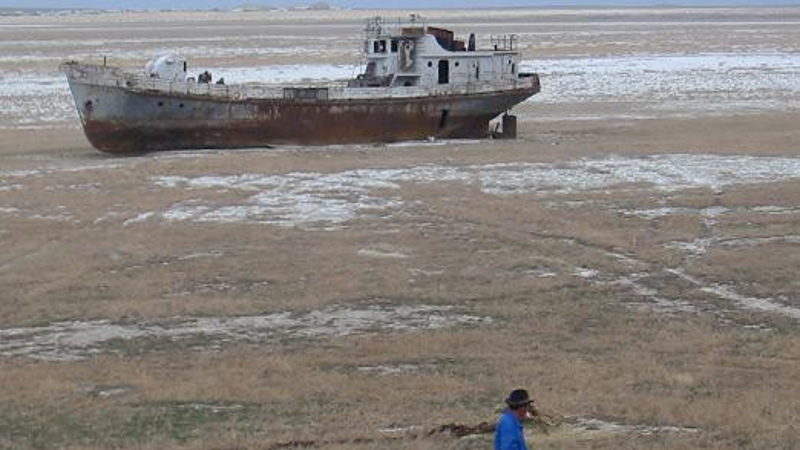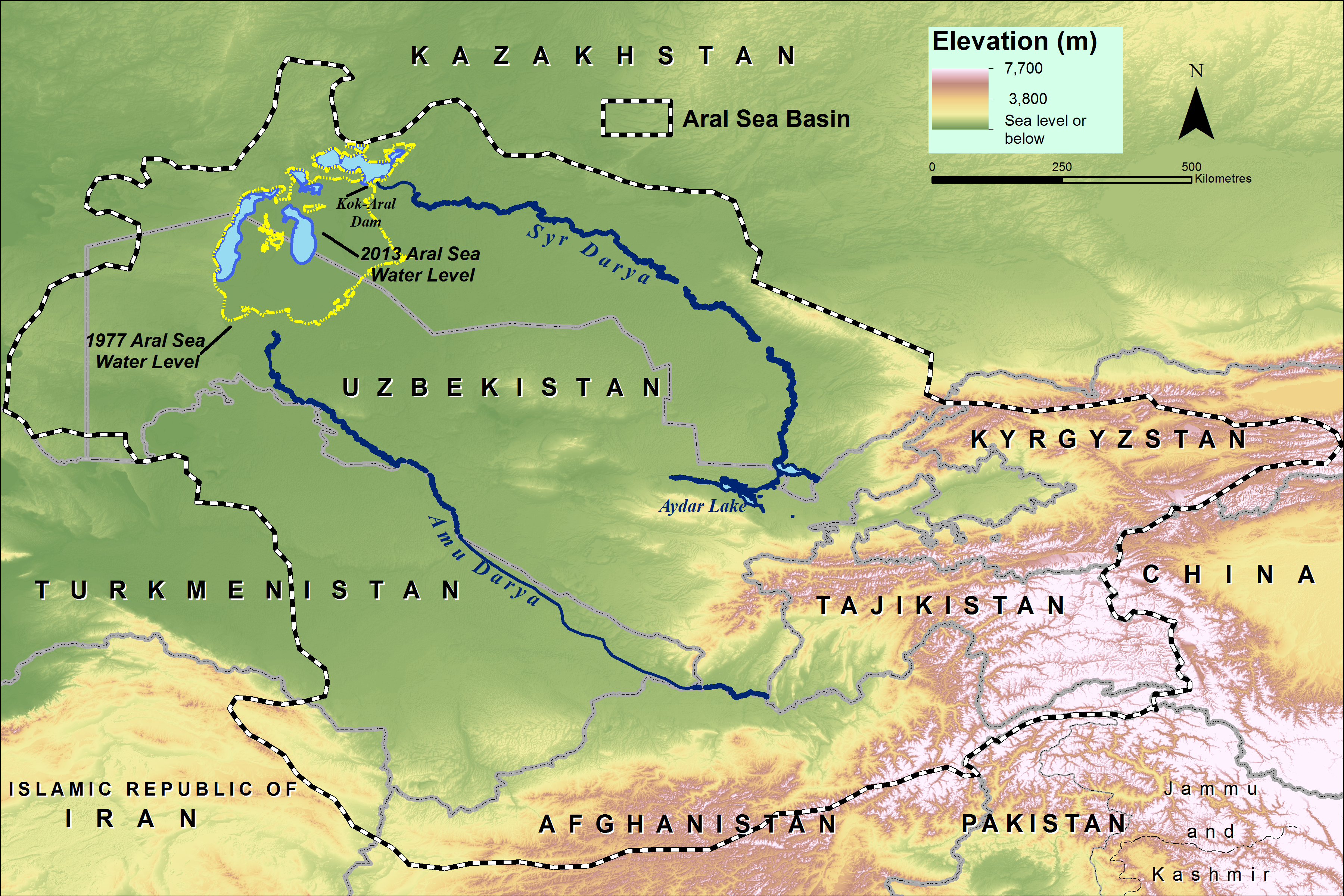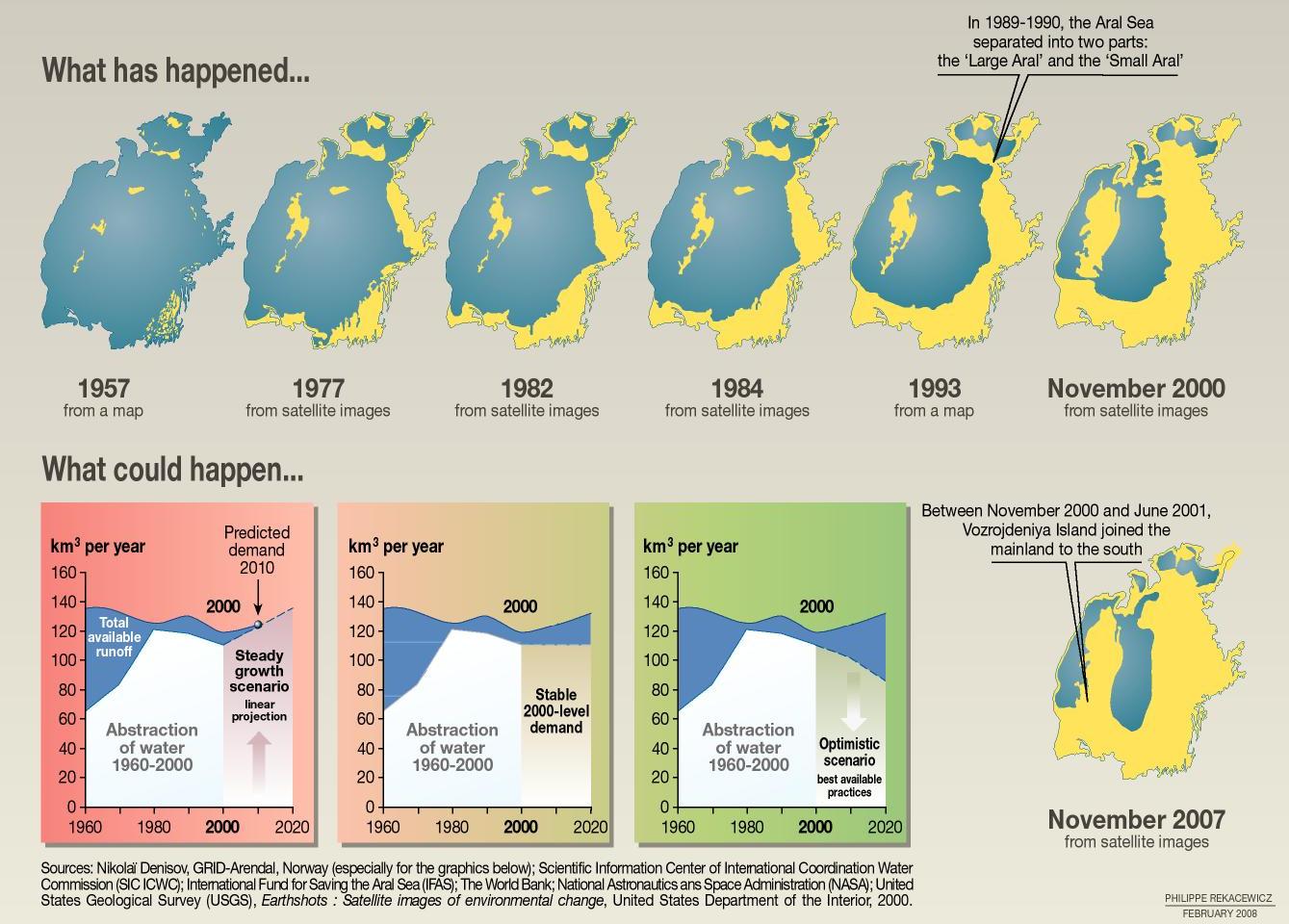
The senators of Kazakhstan and Uzbekistan have discussed the Aral Sea issues | United Nations Development Programme
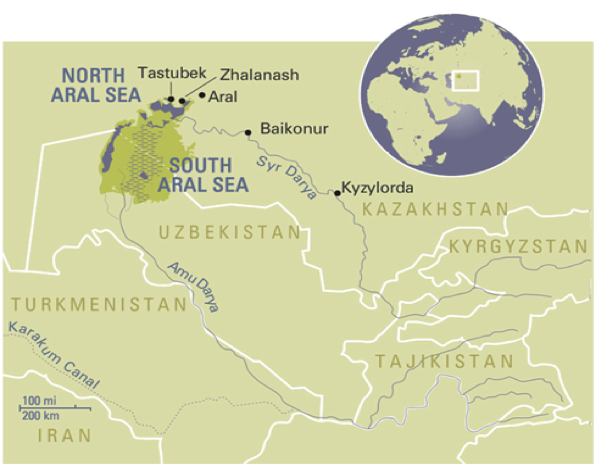
Water Governance and Water Management in the Aral Sea Basin: Challenges and Opportunities from the Perspective of Kazakhstan – The Sustainable Development Watch

USAID broadens Aral Sea Restoration Project with US$1.6 million in funding for Uzbekistan | Tajikistan News ASIA-Plus

Applied Sciences | Free Full-Text | Historical Change and Ecological Risk of Potentially Toxic Elements in the Lake Sediments from North Aral Sea, Central Asia
